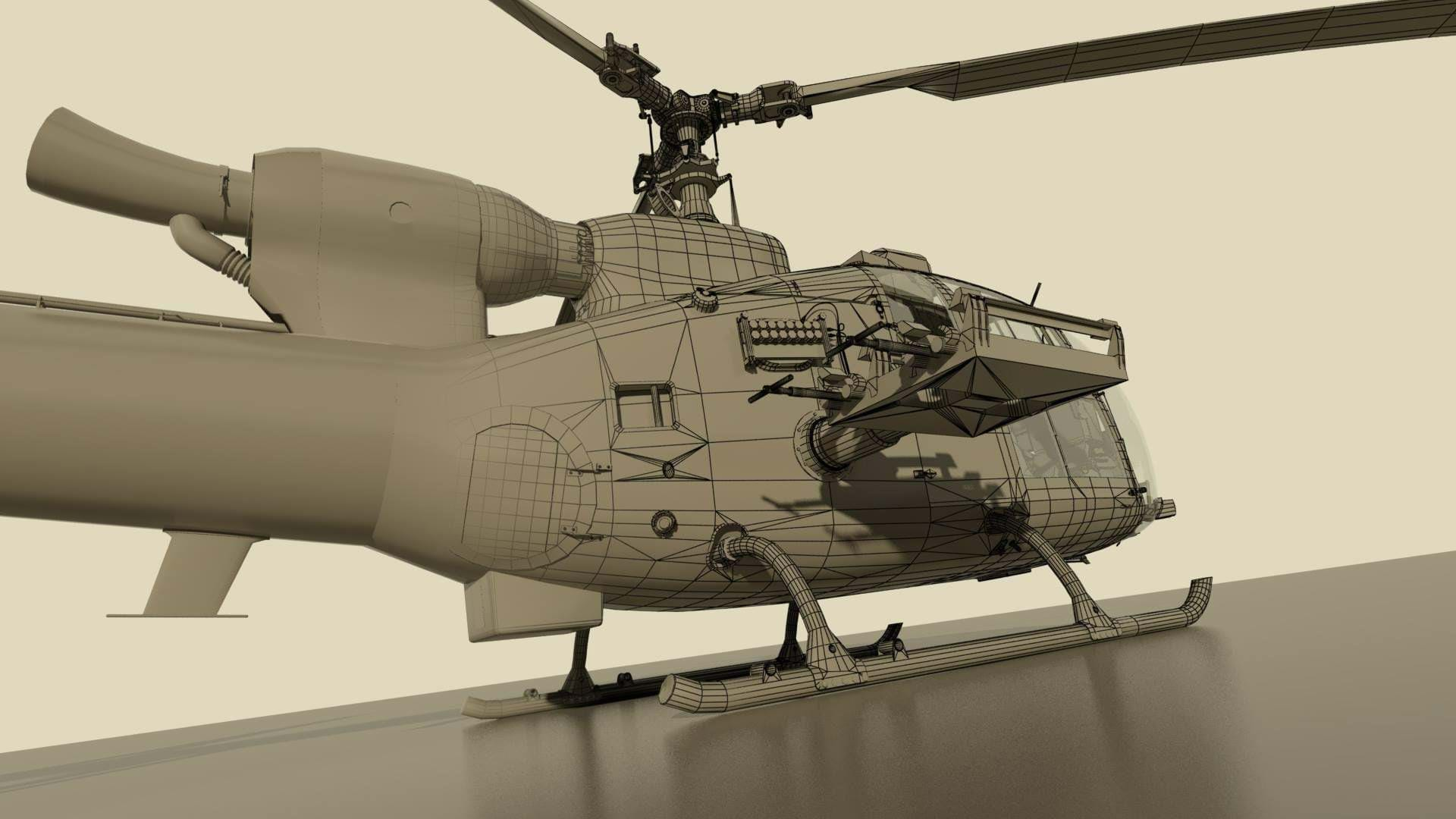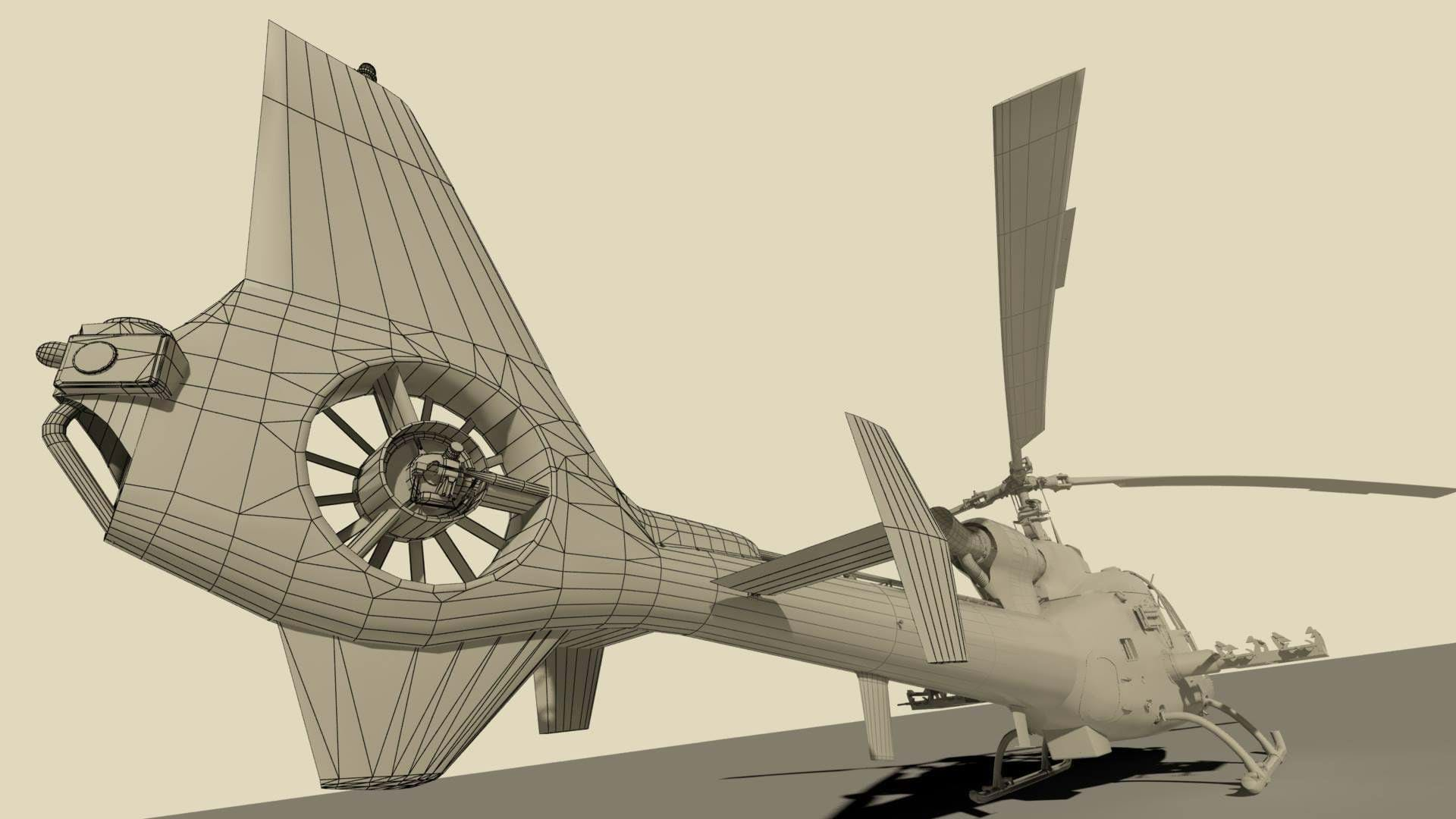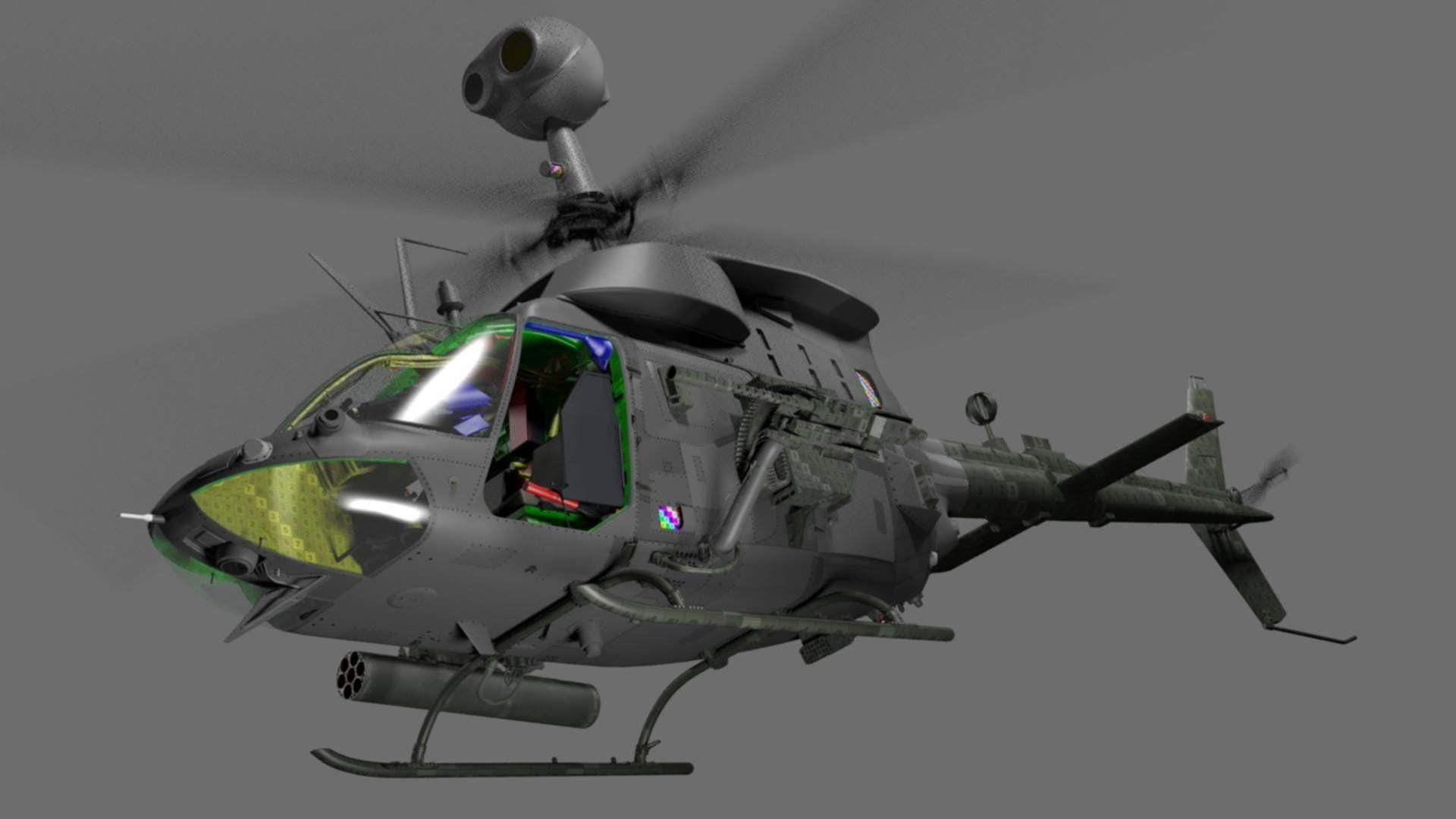Part 1 allowed me to look a bit more into the community and get some feedback from its members in several groups and on the comments section for the article.
It was very nice to see folks jump into the discussion and giving their opinion. My goal with this mini-series was to stir the pot a bit and get people to think about this matter and talk and I’m very glad it did just that.
While doing my research, I have talked with Sven Borchert, CEO of Polychop (the company behind the DCS Gazelle) and he was kind enough as to provide me a very thorough report of the process behind developing an aircraft for DCS and the costs associated with it.
Here are Sven’s own words:
First of all, most people can imagine how the basic development is structured. At first you must have a 3d model and this should be finished at a certain stage, so you can pass it forward to the coders.
Such an 3d model can be fairly expensive. It can start at US$7,500 and end up in numbers way beyond that. If we look at the 3d model of the OH-58D you can expect that such a high detail model would be around US$45,000 and more, because it depends what effort goes into the model making, like visits to see the object live or ask for permission of manufacturers and take measurements and pictures that would all be part of the production price.
Having a nice 3d model is only one part of many to finally have a releasable product.
As soon you have the 3d model and knowledge of the software you want to produce in you can start your coding part. Coding is hard to put into numbers cause it all depends on how long parts take. Here you can say that time is money.
A programmer can easily cost you many thousand dollars per month if you hire them full time, but that is also depending on the region your programmer is living in. It is not uncommon in the industry that the teams are spread all over the world but in terms of programming I would say that a WW2 plane costs you around US$100,000 in programming production costs.
If we talk about a helicopter and the rotor dynamics must be coded from scratch we can for sure talk about a programming production cost of US$300,000 or more, it depends on the end product user.
If we would program for a military simulator the programming production cost could easily exceed the US$1,000,000 cause the requirements that are different than the one of the desktop user, plus, if we would produce the same simulator for desktop user as we would produce for the military, we definitely would have to charge way more then we currently are doing for our DCS Gazelle.
This might sound a bit harsh to some people, but I think the customer also must understand the fact, the more realism is asked for the more expensive the production will be in the end, plus at some point the customer would need to buy a new computer that might be able to handle the simulation of the product.
So, it is dance between the lines of fire I would say, for many developers out there.
So now we have a 3d model and a functional code in the end for US$120,000 to US$450,000, but that is not all yet. If you take the approach like we do in our company to work closer with the manufacturers and obtain licenses from them, you must pay them too.
Such a license can be negotiated here and there, but in general there are certain terms the manufacturer will have, plus if you do not have a direct link to the people in charge you have to hire people that take care of such. In terms of Airbus it took over a year to obtain a license for our product, which would also be expensive.
A small example: a military license for a single product can easily cost you US$1,000,000 – US$2,000,000. How do I know? Well we had to ask and negotiate the conditions beforehand for a certain product for a possible client, but I cannot go into details how this works.
So now let’s say your license from the manufacturer for a civil desktop sim cost you another US$100,000. Then you have for a helicopter, at that stage, a cost of US$550,000.
Well, what else is needed? Marketing.
If you are not able to do your marketing for yourself this might get expensive too. Luckily the flight sim community is structured the way it is, and I would say that this community is full of nice souls that like to help on the part of marketing and it is always fun to talk to them and see what ideas can be realized with minimal costs.
All numbers put on the table this endeavor of flight sim can easily cost as much as a house if we speak of a desktop sim add on.
Sven touches a set of different topics and, of course, gets into the more expensive, military side of things – being a DCS developer.
Not everything he mentions correlates directly with the reality of a lot of developers out there. Licensing, for example, is something most developers don’t worry about as they are not replicating the aircraft exactly as they are.
Some, though, do go the extra mile and Polychop did that with their Gazelle.
A fun fact: the Gazelle was actually being developed as freeware first but Sven and the team eventually had to put it out as a paid product because of the cost of the project.
Eventually, it all comes down to the general market laws of supply and demand and to the sweet spot developers need to find between making the product affordable but also not bring their company to bankruptcy.
Looking for part 1?
Good! You can find it right here.











